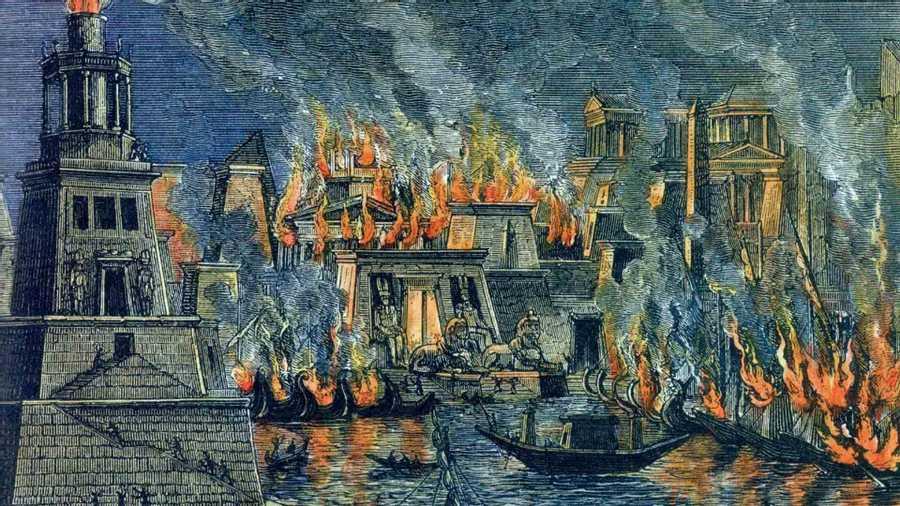The Libraries of Trajan’s Forum
- Around 112 A.D. the multi-use building complex was completed by Emperor Trajan in the city of Rome.
- It consisted of plazas, markets, and religious temples as well as a library.
- Two separate structures housed the library, one for works in Latin, and one for works in Greek and each included large central reading chambers and two levels of bookshelf-lined alcoves containing about 20,000 scrolls.
27
77 reads
CURATED FROM
IDEAS CURATED BY
The idea is part of this collection:
Learn more about history with this collection
Leonardo da Vinci's creative process
How to approach problem-solving like da Vinci
The importance of curiosity and observation
Related collections
Similar ideas to The Libraries of Trajan’s Forum
The Library of Alexandria
- The ancient world's intellectual jewel was established by general Ptolemy I Soter after Alexander the Great's death in 323 B.C.
- At its peak, it may have included over 500,000 papyrus scrolls containing works of literature and texts on history, law, mathematics, and science. ...
Read & Learn
20x Faster
without
deepstash
with
deepstash
with
deepstash
Personalized microlearning
—
100+ Learning Journeys
—
Access to 200,000+ ideas
—
Access to the mobile app
—
Unlimited idea saving
—
—
Unlimited history
—
—
Unlimited listening to ideas
—
—
Downloading & offline access
—
—
Supercharge your mind with one idea per day
Enter your email and spend 1 minute every day to learn something new.
I agree to receive email updates

